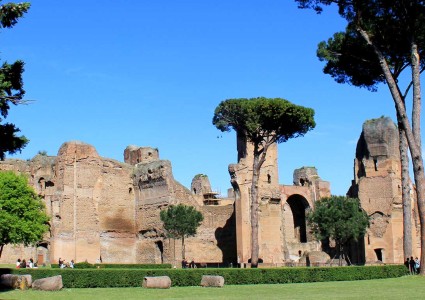
3-hour walking tour
Easy - Accessible
kid-friendly tour
The Baths of Caracalla and the Circus Maximus are two of Rome’s biggest archaeological giants included in this itinerary.
The Baths of Caracalla were one of the greatest and most spectacular thermal complexes in ancient times, still standing for us to be admired today. Completed in 216 AD by the eccentric Emperor Caracalla, they were decorated with marble and connected directly to an aqueduct providing an excellent water, endowed with a heating and drainage system. Explore the enormous swimming pools and delve into the underground network of tunnels which were used to work in this incredible place dedicated to the cleansing of body and mind. “Mens sana in corpore sano” (Juvenal).
After a nice stroll through the garden and the remains of the ancient library we will get to the valley called Vallis Murcia, originally a site of triumphs and religious festivals. This site was rebuilt during the Republican Age and started serving the purpose of a chariot racing stadium. From then on, it became (and has remained) the largest stadium in the world. With a capacity of 220,000 people this was one of Romans’ favorite entertainments. Betting, shouting and cheering crowds sat on the stands whilst charioteers drove their horses faster and faster, careening against each other to cut the curve as close as possible, leading to spectacular crashes. Discover your inner Ben Hur and immerse yourself into one of the most defining aspects of Roman culture: Panem et Circensem.
Some of the most representative pictures of this tour
Discover the main stops of this tour
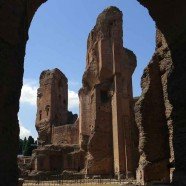
The finest example of great Roman baths and one of the biggest thermal complexes in antiquity. Ordered by Emperor Septimius Severus but opened by his son Caracalla in 216 A.D., the baths have a rectangular layout, typical of the “great Imperial baths”, and served as inspiration for many other notable buildings, such as the Baths of Diocletian and the Basilica of Maxentius.
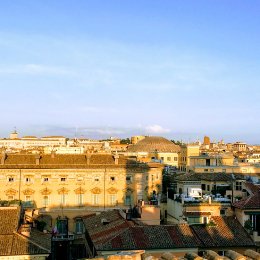
The Mithraeum discovered under the baths is considered the largest documented gathering space for the worshippers of Mithra, the Persian god in vogue in the 2nd and 3rd centuries AD.
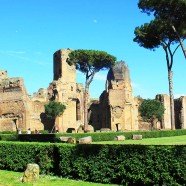
The Baths of Caracalla were more a leisure centre than just a series of baths. In fact, besides being used for bathing, the complex also offered facilities for taking walks, reading, studying, exercise and body care. The surviving library and the garden are the evidence of the socialization role played by the Baths.
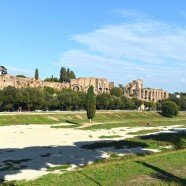
Acknowledged as the largest chariot stadium in ancient Rome, it is located between the Palatine and Aventine hills and could accommodate as many as 150,000 spectators. Apart from the chariot races, other activities performed in the Circus included the simulation of famous battles conducted by young Roman aristocrats, gladiator fights and athletic competitions.
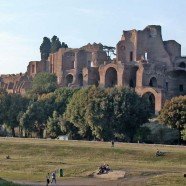
Chosen as the site of the emperor’s residences from the time of Augustus, according to Roman mythology, the Palatine Hill was also the location of the cave, known as the Lupercal, where Romulus and Remus were found by the she-wolf Lupa that kept them alive. Imperial Palaces were built here, starting with Rome’s first emperor, Augustus, making this area become the exclusive domain of emperors. In fact, the name of the hill is the etymological origin of the word palace.
Some useful information for your experience
Expert and licensed guide, entrance ticket, full on-site assistance, sterilized earphones (from 5 people upwards).
Suggested start time: 9.30 am / 2.30 pm.